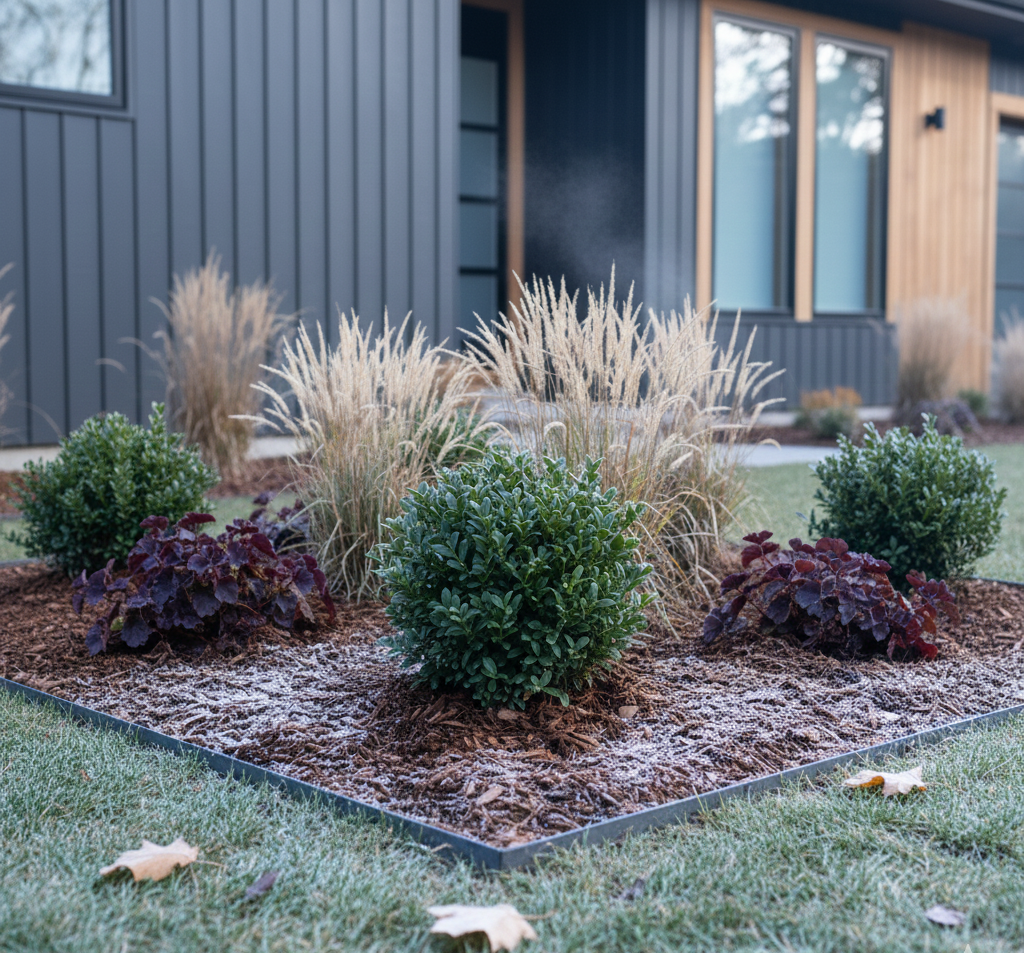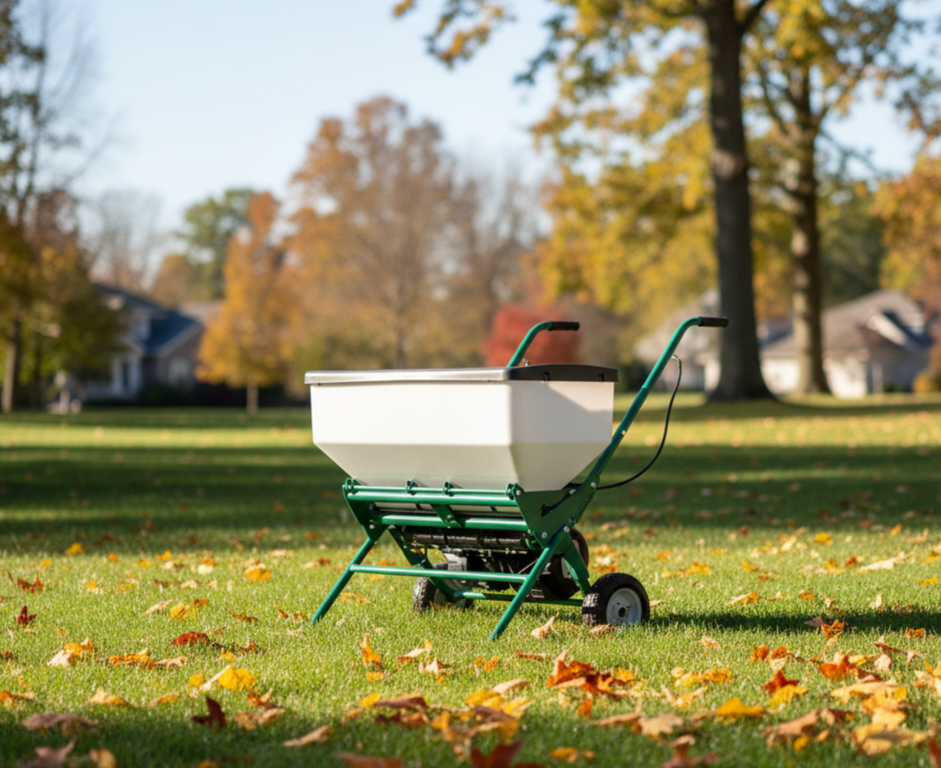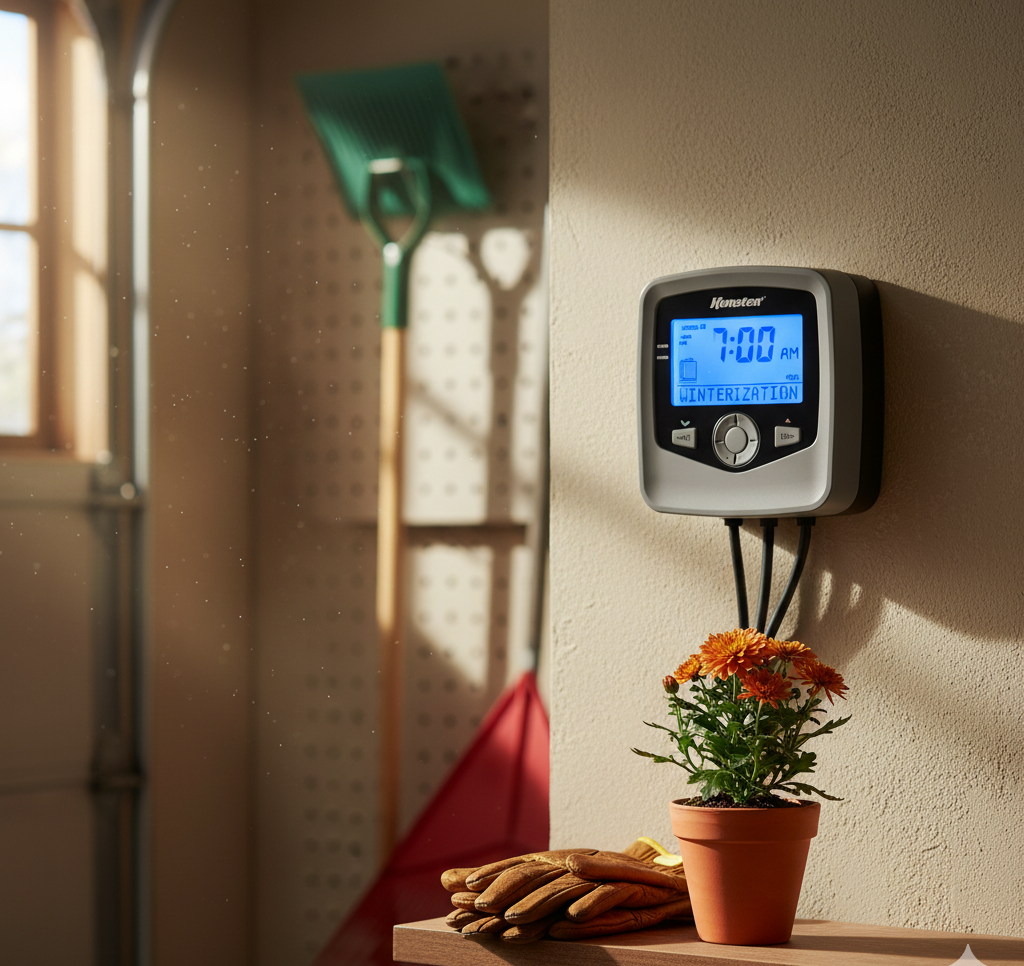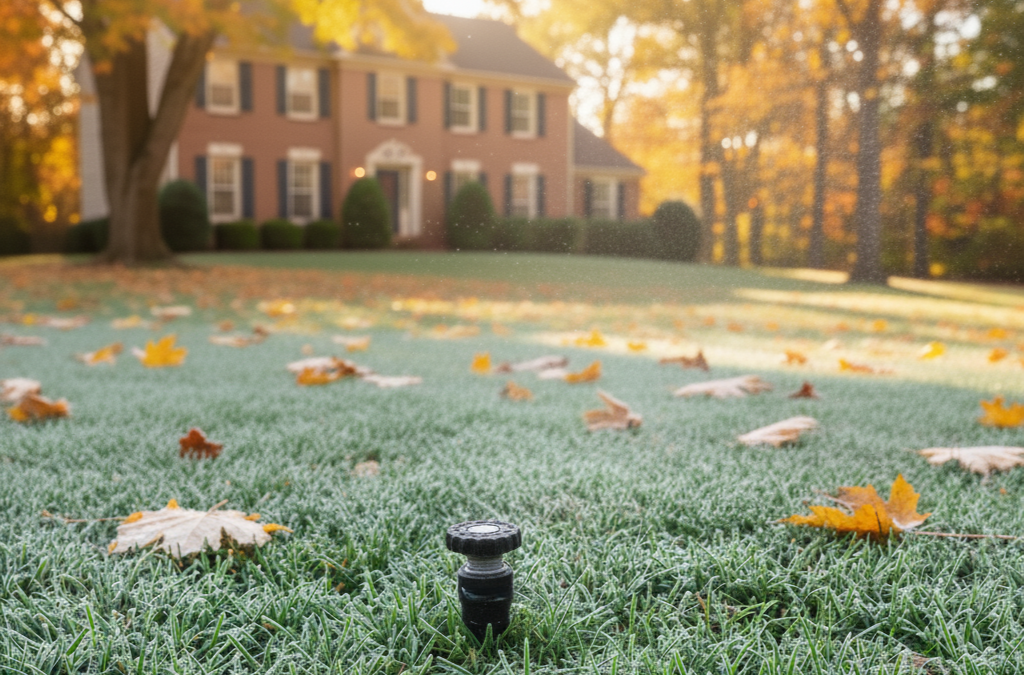6 Steps Lawn Care Program for a healthy Lawn
#1 Remove Existing Weeds
Weeds are inevitable. Luckily, there are ways to eliminate them.
Pull up weeds by hand or with a handheld weeder. If the weeds are invading your lawn, you can use glyphosate herbicide for direct application or apply a weed-and-feed product to your entire lawn. When applying, follow the manufacturer’s application instructions. Remember that these products are effective only when the weeds are identified and the product is applied at the right time.
Attack weeds during early Spring or Summer before they can develop deep root systems or reproduce. Different weeds need to be dealt with using different treatments or chemicals.
The best way to eradicate crabgrass and other grassy weeds is with pre-emergent applications. Broad-leaf weeds need to be attacked while they are actively growing. Dandelion killers work by growing the plant to death.
#2 De-thatch your Lawn
Thatch is a tightly intermingled layer of living and dead stems, leaves, and roots that accumulates between the layer of actively growing grass and the soil underneath. Thatch is a normal component of an actively growing turf grass, and as long as it is not too thick, it can increase the resilience of the turf to heavy traffic. Thatch develops more readily on high-maintenance lawns than on low-maintenance lawns.- University of Massachusetts
If you notice a layer of thatch, use a power dethatcher or thatching rake to get rid of the thatch.
Dethatch cool-season grasses during late Summer or early Fall. Warm-Season Grasses should be detached after the Spring/Green up. Never dethatch when your lawn is stressed or dormant because the damage will be beyond repair.
Your lawn won’t look pretty after removing thatch, but don’t worry, it will recover in 3-4 weeks. When dethatch is done, it is the perfect time to overseed and get it back on track for green and lush grass.
#3 Aerate Your Lawn
Inspect your lawn for compaction issues. The simplest way to do it is to dig a square-foot section and examine the grassroots. If the roots don’t extend deeper than two inches, your lawn needs to be aerated. The best time to aerate is during the time your grass reach their time for natural growth. For cool-season grasses, it would be early Spring or Fall are the best times for aerating. For warm-season grasses, the best time to aerate is early Summer.
One or 2 days prior to aeration, you need to water your lawn for at least 20 minutes.
Our company provides mechanical and liquid aeration to help control thatch, create growth pockets for new roots, improve soil structure, and creates access for fertilizer to spread to your lawn.
Once a year, aeration is recommended for all lawns, especially those that need to be thickened or those with thatch buildup.
#4 Apply Grass Seeds
During the early Fall or Spring, you can overseed cool-season grasses such as Kentucky bluegrass, Fescue or Rye.
Warm-season lawns like Zoysia grass or Bermuda grass in early Summer. You can use a broadcast seed spreader and don’t forget to keep the seed moist to help it grow.
#5 Mow Appropriately
A healthy yard is best ready to withstand lawn diseases and weeds than a neglected one. Remove only one-third off the top of the grass.
For cool-season grasses, cut only 1-½ inches cutting height for the first mowing to remove dead grass and allow sunlight to reach the grass plants.
In the Summer months, raise the blade to 2 or more inches.
For warm-season grasses, these heights should be about ½ inches lower.
To adjust the blade height, measure from the surface to the mower deck’s bottom and then add 1.4 inches. (blades sit ¼ inches above the bottom of the deck).
Change your mowing pattern by mowing at a 45-or-90-degree angle. This helps the grass grow upright and prevent soil compaction.
And always cut your grass using a sharp blade.
#6 Water and Feed Grass
During the Summer months, you need to water the grass. Keeping your lawn watered and fertilized will assure its health and improves its appearance.
Grass need about one inch of water per week, 30 min per day should keep your lawn in good condition.
The experts advise that you should fertilize at least three-four times a year. Use a slow-release fertilizer since the nitrogen breaks down slowly but efficiently to provide your turf with constant feeding.
Don’t apply fertilizer when temperature arises because it may burn your lawn. All three numbers on the fertilizer package should be the same. The first one represents the amount of nitrogen, the second represents the amount of phosphorus, and the third represents the amount of potassium.
Here at Green Garden Landscaping, our lawn fertilizer program starts with early spring fertilizer application. We use a slow-release fertilizer to stop excessive weed growth.
At the beginning of Summer, we use a balanced fertilizer to promote a healthy green. When the temperatures are high, we use a non-burning fertilizer and targeted broad-leaf weed control.
In early Fall, we use a balanced fertilizer to encourage healthy root development. When the temperatures start decreasing, we use a heavy rate of balanced fertilizer to help develop a strong root system.
And finally, when soil temperatures fall below 43ºF, a special, winterize fertilizer will be applied to promote a more disease-resistant lawn.









